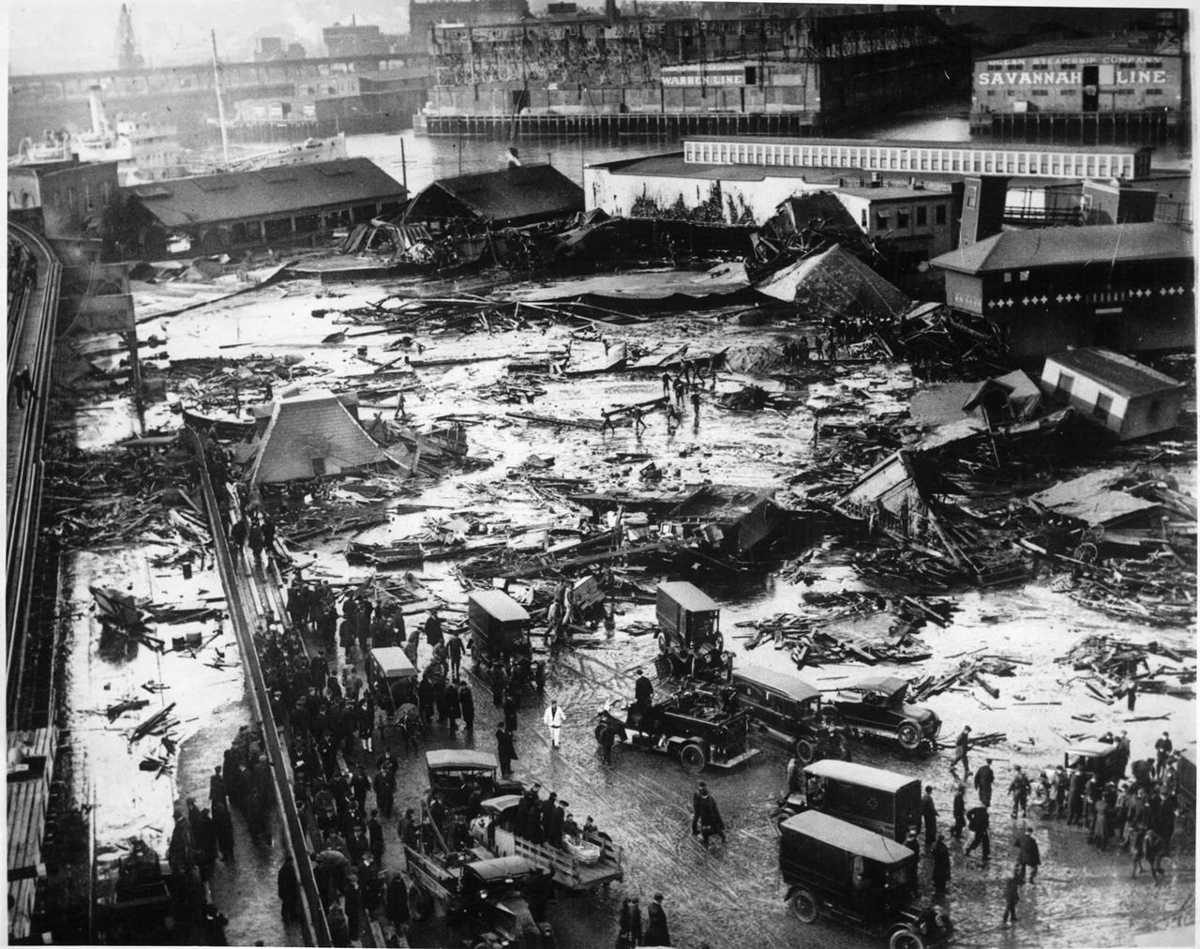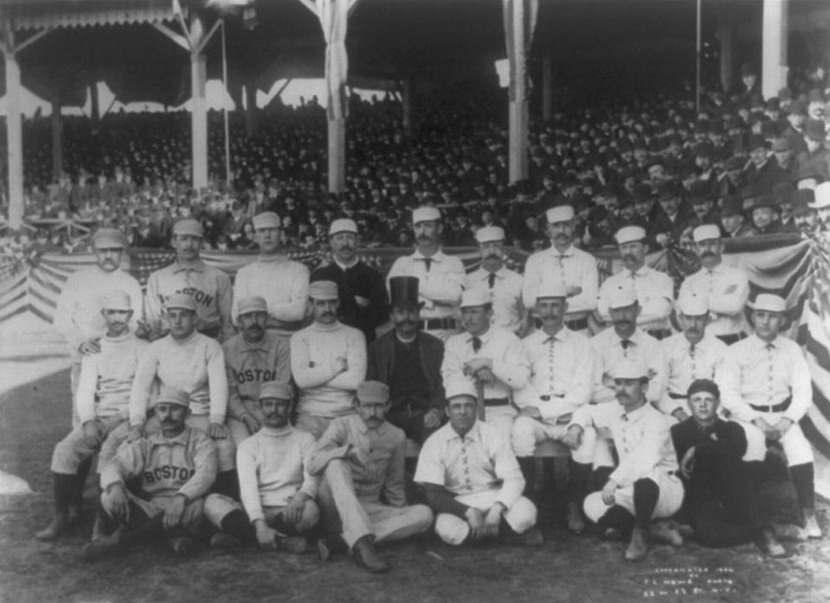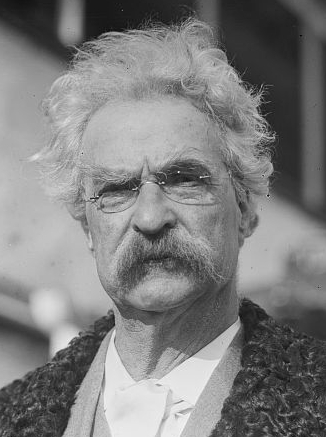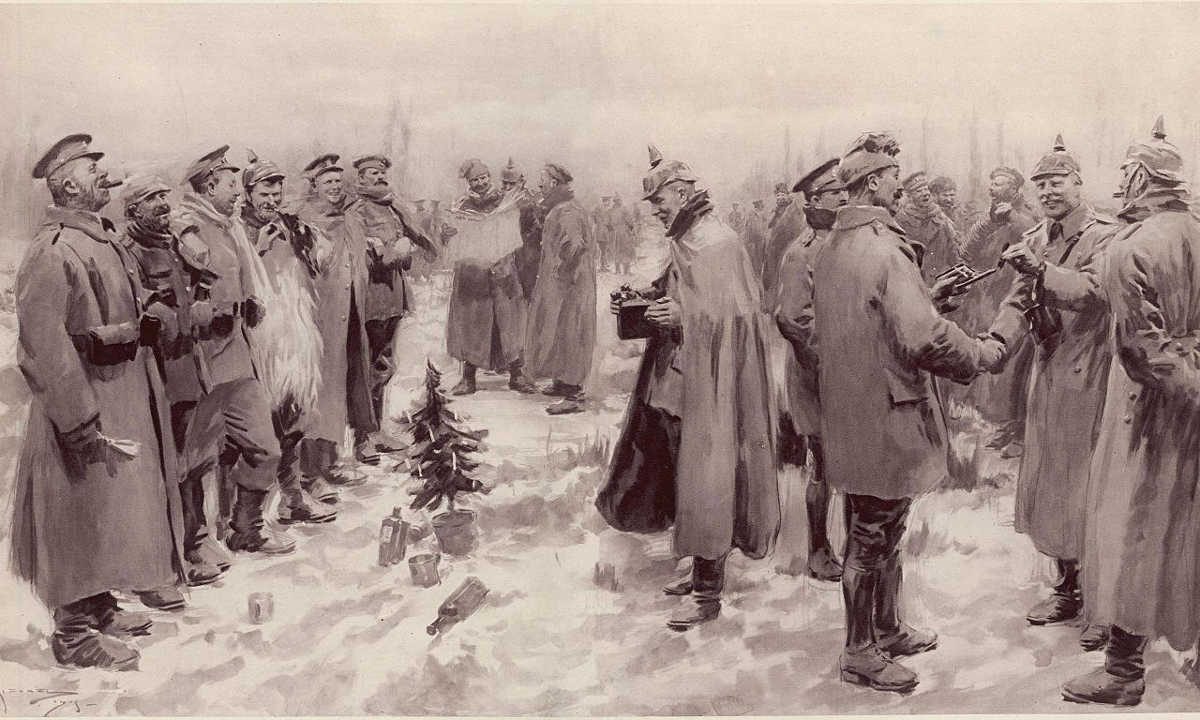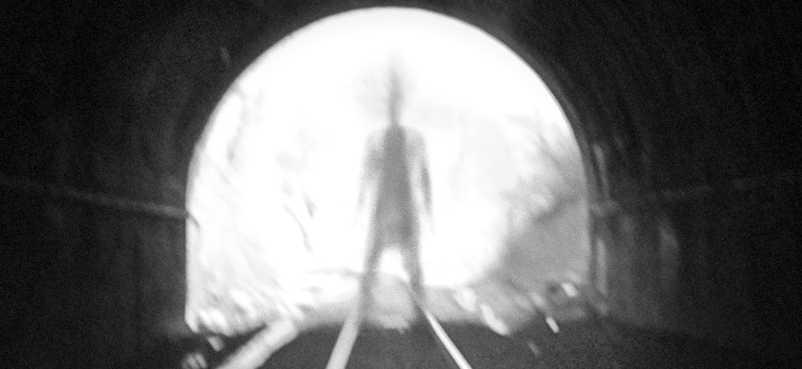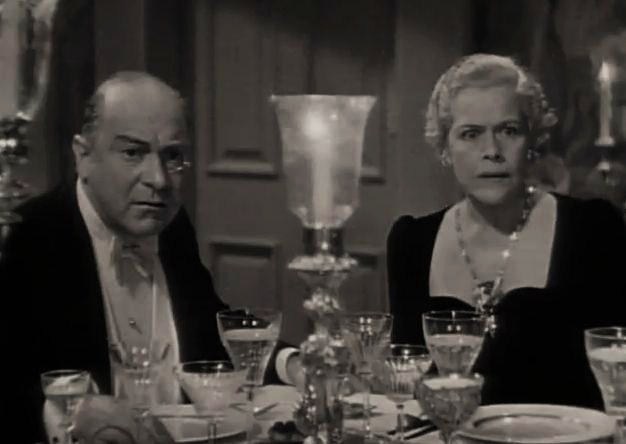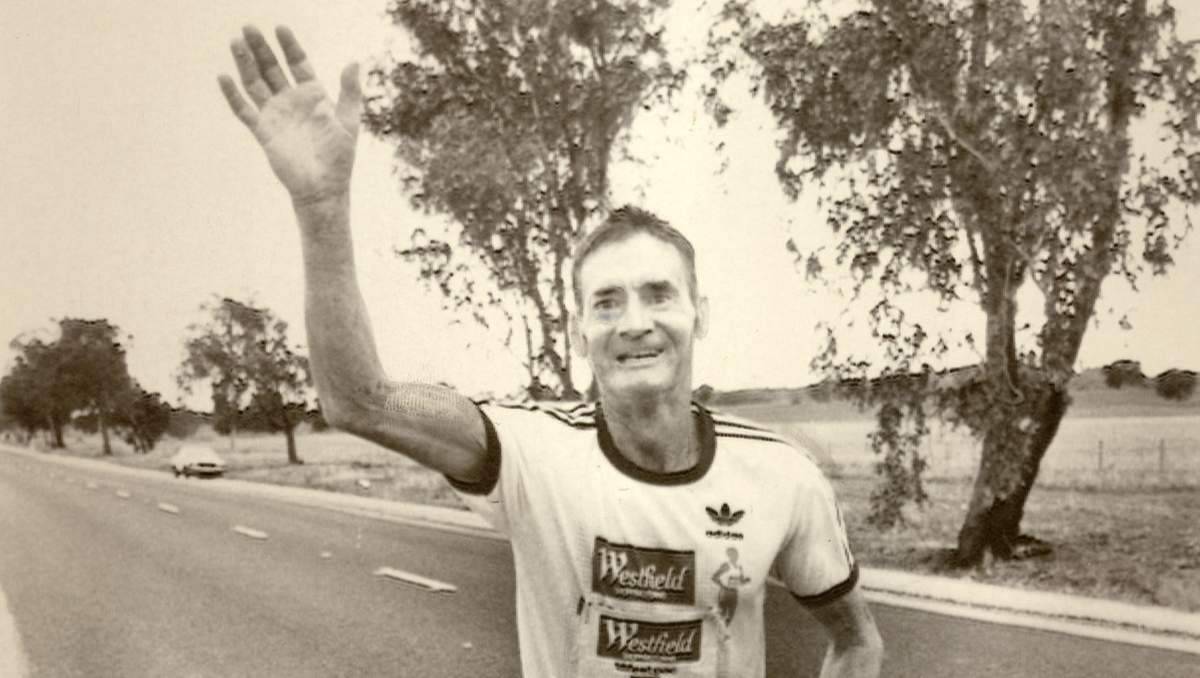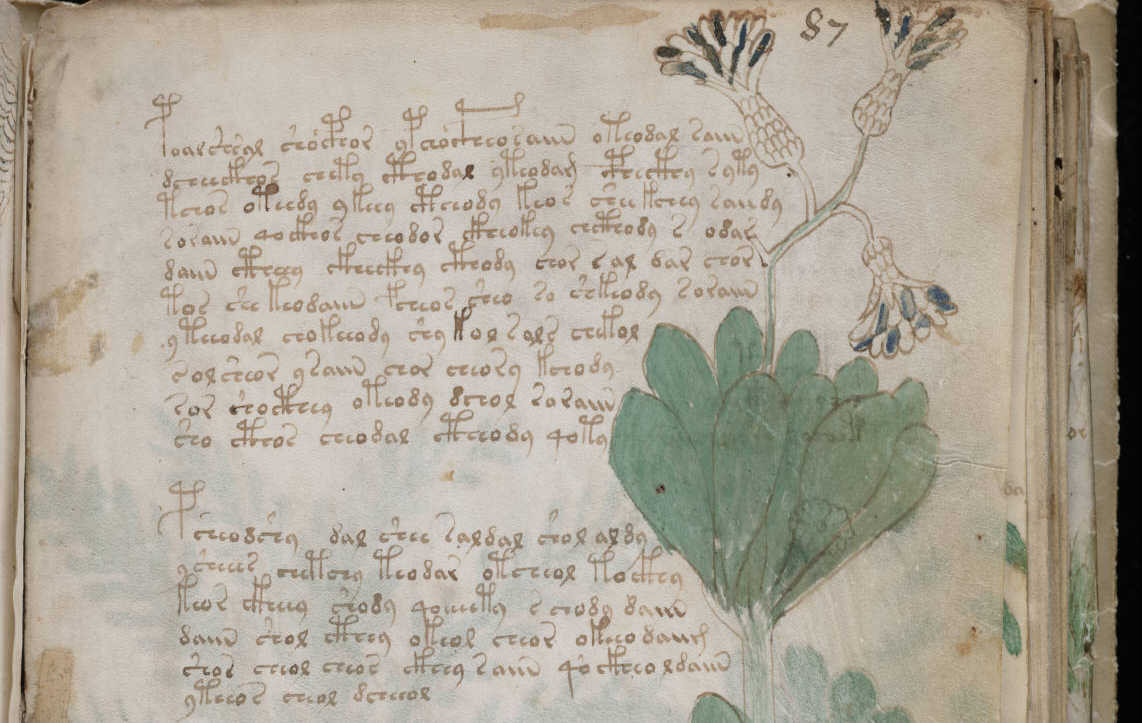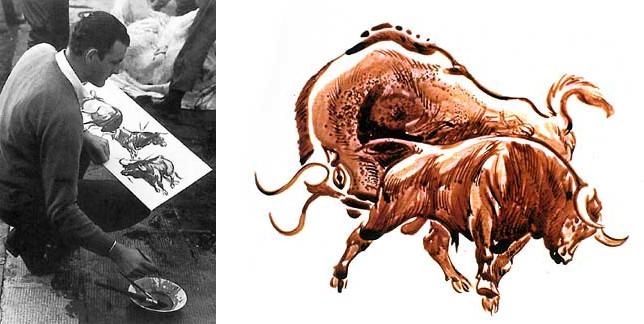
After each of his victories as a matador, John Fulton would paint a portrait of the bull he had slain using its own blood, after the manner of the hunter-painters who had decorated the cave walls of Altamira.
Fulton grew up in a Philadelphia rowhouse but became captivated by the bullring after seeing the 1941 Tyrone Power film Blood and Sand. “The movie so stirred his sense of gallantry and romance that he decided on the spot to become a bullfighter,” reported the New York Times. “If a Rita Hayworth was the reward, he told friends years later, it was worth the effort and the risk.”
He spent a year at the Philadelphia Museum College of Art, won a scholarship to a Mexican art school, and began to study bullfighting. In 1956 he went to Spain, where he became the first American to qualify as a matador and spent 40 years fighting professionally in the ring.
The paintings were decidedly a sideline, as he regarded bullfighting itself as an art. “It is the most difficult art form in the world,” he once said. “You are required to create a work of art spontaneously with a semi-unknown medium, which can kill you, in front of one of the most critical audiences around. And it all leaves only a memory.”
